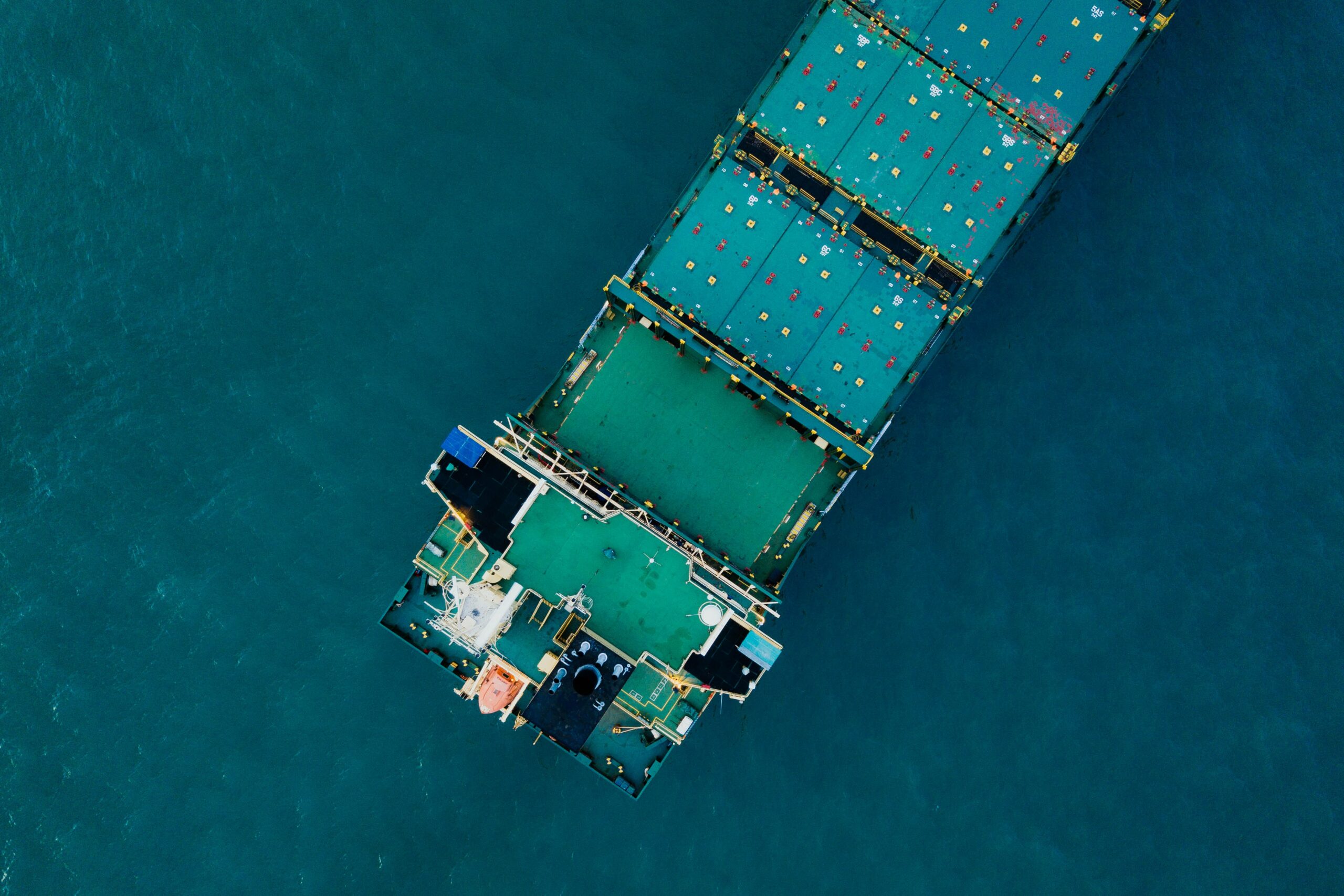Companies that want to cut costs, boost customer happiness, and lessen their environmental impact must manage reverse logistics activities properly. Companies can optimize their reverse logistics operations and achieve long-term success by creating a clear strategy, putting in place a reliable returns management system, centralizing operations, working with supply chain partners, investing in technology, placing a high priority on sustainability, training employees, and tracking performance.
Develop a Reverse Logistics Strategy:
An effective strategy for managing refunds and other reverse logistics activities must be developed. For the handling of product returns, repairs, and recycling, businesses should develop clear policies and procedures. Businesses should also establish performance benchmarks and objectives to gauge how effectively their reverse logistics procedures are working.
Implement a Robust Returns Management System:
An effective system for tracking and handling product returns must be in place. Companies should be able to manage return requests, handle refunds, and keep track of the status of returned goods thanks to this system. Businesses can decrease manual errors, increase operational effectiveness, and boost customer happiness by automating these procedures.
Centralize Reverse Logistics Operations:
Reverse logistics activities should be centrally managed because doing so can help businesses cut costs and streamline operations. Businesses can optimize resource use, lower transportation costs, and boost overall efficiency by combining returns and other reverse logistics activities at a single location or facility.
Collaborate with Supply Chain Partners:
Successful reverse logistics management requires cooperation between suppliers, manufacturers, and transportation providers. Companies may optimize their reverse logistics operations and cut costs by cooperating on processes and sharing information with these partners. For instance, companies can work with transportation companies to group shipments and reduce empty backhauls, which will cut down on expenses and the environmental impact of transportation.
Invest in Technology and Automation:
These two factors can greatly improve the efficiency of reverse logistics operations. Companies may automate operations, increase visibility, and boost productivity by investing in cutting-edge software solutions like warehouse management systems (WMS) and transportation management systems (TMS). Utilizing technologies like RFID and IoT can also offer real-time tracking and monitoring of returned goods, facilitating improved decision-making and expediting processing.
Prioritize Sustainability:
By incorporating sustainability into reverse logistics operations, firms may lessen their influence on the environment and attract customers that care about the environment. To avoid waste and cut down on the use of natural resources, businesses should think about putting mechanisms in place for reusing, repairing, or recycling returned products. To further lower their carbon impact, firms might look into eco-friendly packaging and transportation options.
Train and Educate Employees:
Employers must be properly trained and educated if reverse logistics management is to be successful. To make sure that staff members are knowledgeable with reverse logistics procedures and best practices, businesses should engage in training and education programs. Giving workers the right equipment and resources can increase operational effectiveness and lower error rates.
Monitor and Analyze Performance:
Monitoring and assessing performance on a regular basis is crucial for pinpointing areas that require improvement and for making data-driven decisions on reverse logistics operations. For a deeper understanding of their reverse logistics processes, businesses should monitor key performance indicators (KPIs) and make use of analytics tools. Businesses can discover trends, find inefficiencies, and apply focused enhancements to optimize their reverse logistics processes by analyzing this data.
Related Information















